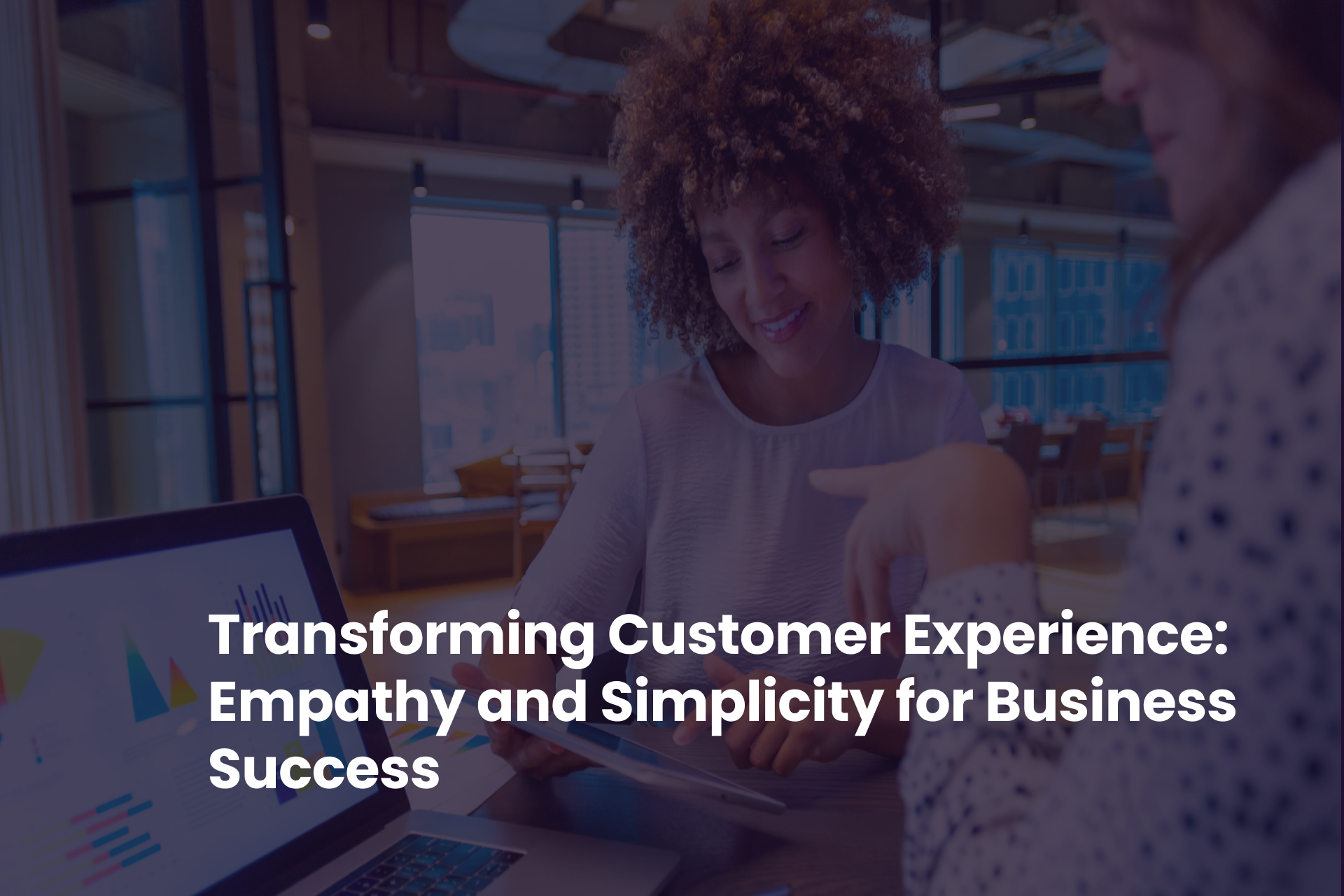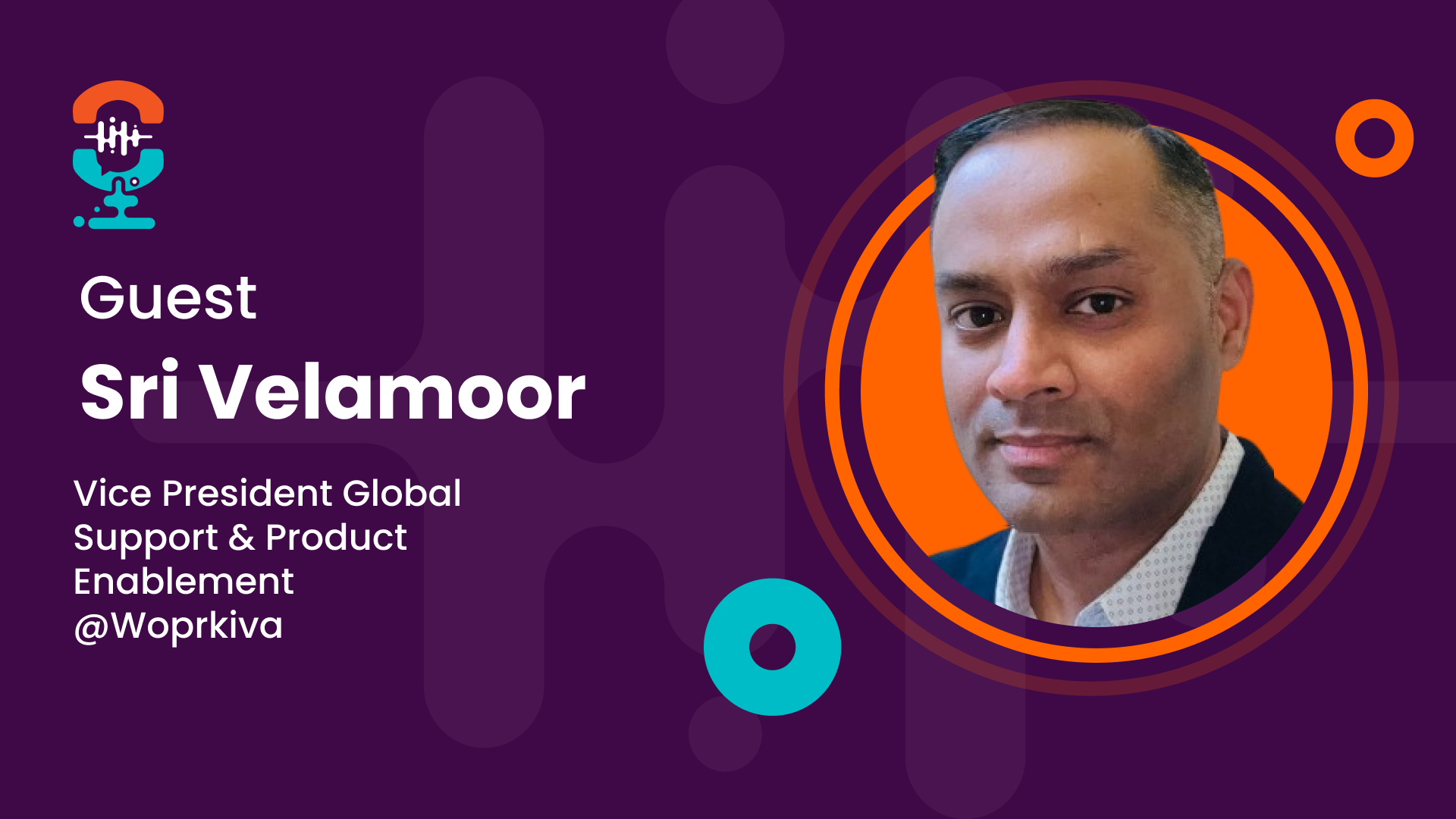7 key metrics to measure call center productivity

A call center is a high-paced environment that can get pretty hectic. Agents must deal with a constant influx of calls, impatient customers, and the timeline. Working in such a place requires high self-discipline and emotional intelligence to keep up with all call center productivity metrics.
That‘s how you can measure your call center’s productivity level. What do metrics mean in a call center? We’re here to answer this question. There are 7 key call center performance metrics you can address to measure your agents’ productivity, and we’re going to discuss each of them in this article.
What Are Call Center Metrics And Why Should You Even Care?
Because of the limited resources, many small companies and startups make one common mistake in hiring: they prefer sales experts over customer support. And nothing is surprising. In fact, they’re striving to scale their client base in the shortest possible time.
In today’s business environment, attracting new consumers costs companies five times more than retaining existing ones. The statistic shows that customers expect businesses to offer top-notch support to be willing to pay more for your products. Moreover, outstanding call center performance metrics and high-class customer support motivate clients to pay premium.
If your business is growing, you should evaluate the strengths and weaknesses of provided support, find out what’s working, and define how to improve call center metrics.
Metric 1: First Call Resolution
How many customer issues do your agents resolve in the first call?
A high first-call resolution (FCR) means your overall call center’s productivity is in good shape, positively impacting customer satisfaction. To determine your FCR, use the formula below:
(Total Resolved Cases / Total Number of Cases) x 100
The average standard rate is between 70% to 75%. Accordingly, anything below that indicates your FRC needs improvement to stay level with call center industry standard metrics.
Here are 3 tips for your employees to improve first call resolution rate:
- Clarify the issue
When taking a call, try to understand the whole scope of an issue. Listen carefully to what a customer tells you and ask questions to get additional information. The more data you get, the better you can resolve the issue. Also, be sure to repeat the received information back to the customer, confirming and ensuring that you got the problem right.
- Give clear instructions
You want to make sure that customers understand your instructions. If they don’t, they will call again. So, provide precise and clear answers when talking to a customer. You don’t want your customers to get confused, so don’t overwhelm them with unnecessary information. Please, keep it simple and on point.
- Guide them through the process
Don’t give customers instructions and leave the process up to them. A more powerful way to help your customers is to guide them through the solving process and make sure that an issue is resolved. It will ensure faster results and higher customer satisfaction.
Metric 2: Average Handling Time
How much time does an agent spend on one ticket?
Each business can determine how long the average standard handle time should be. When setting up such call center efficiency metrics, a company should consider several things.
- First, a long call duration will increase the wait time for other customers that try to reach out to you.
- Second, too little time may not be enough to cover and resolve a customer’s problem. Finding a balance is key.
Formula to calculate average handle time:
(Total Talk Time + After-Call Work Time) / Total Number of Calls
Metric 3: Average Wait Time
How much time does your customer spend waiting for an agent to respond to their call?
If users have to stay on hold for too long, they will hang up, which is not good for a call center. Let’s say a customer waited through and finally got an answer. Even in this case, by the time a rep picks up the phone, customers may grow impatient and upset. This obstacle makes it harder to communicate with them. Consequently, you must bring your average wait time to as low as possible.
Metric 4: Average After-Call Work Time
How much time do your agents spend doing after-call work?
This work includes paperwork, double-checking all information, data entry, and whatever an agent needs to do to close out the call.
Here’s a simple formula for after-call work time calculation:
Total After-Call Time / Total Number of Calls
Obviously, if an agent’s after-call work takes too much time, you may want to consider eliminating some unnecessary steps to process customer calls. Another problem could be the agent’s low productivity and lack of motivation.
Metric 5: Customer Satisfaction
How would your customers measure the quality of your service based on their satisfaction?
How does it work? Usually, customers are asked to rate their experience after interacting with agents. A scale is measured by variables, ranging from “highly satisfied” to “highly unsatisfied”.
Here’s a formula that can help you determine an average customer satisfaction rate:
Number of Satisfied Customers / Number of Survey Responses X 100
If a rate is high, you can conclude that your agents use their time efficiently and do a good job of assuring high key call center metrics. If the number is pretty low, your agents are not being as productive or helpful as they should be. If that’s the case, you should find what causes the problem and try to fix it. A cause can be the agents’ performance and their work environment.
Metric 6: Interaction Quality
How would your customers assess the overall quality of communication with your agents?
This process involves monitoring and recording interactions to be evaluated by specialists and managers according to key criteria and requirements. Here are things to pay attention to when analyzing your representatives’ performance:
- Proper greeting and following the script.
- Capturing customer data.
- Professional communication manner.
- Agent’s solution efficiency.
- Data entry accuracy.
- Grammar and spelling.
The collected information provides you with essential knowledge about the quality of every customer service interaction. Based on that data, you should create an improvement plan for the management team to utilize in working with your agents.
Metric 7: Abandonment Rate
How many customer calls do your agents miss or abandon?
It is something call centers want to avoid; however, it’s not easy to do that. Customers hang up because they have to wait too long before an agent can get to their call. It usually happens because of jammed phone lines.
Here’s a simple formula to calculate the abandonment rate:
(Total of Inbound Calls – Total of Calls Handled) / (Total of Inbound Calls) x 100
If your abandonment rate comes out to less than 5 percent, it is generally seen as an acceptable figure. The low number tells you that your agents are keeping up with the volume of incoming calls. However, if the number is above average or high, it signals that your agents miss a lot of customer calls.
Except for adding more staff to your support team, there are other methods that can help you improve your abandonment rate:
- Give estimated wait time
Letting people know for how long they have to stay on hold allows them to decide whether they have time for it or not. This way, you give customers control over their time.
- Offer a call-back
The best alternative to keeping customers on hold is to offer them a call-back from the next available agent. This convenient option prevents caller frustration and improves the overall customer experience.
- Use other channels
Multichannel support is a popular practice in customer support services. Offering interactions across multiple channels gives your customers more options and takes the pressure off your call center agents.
To Conclude
A call center is a place where your business makes connections with customers. That is why adding best practice call center metrics is essential to operate productively and professionally. You have to keep track of all call center processes and have great management to perform so. It’s not an easy task, but the metrics mentioned above will help you to get everything under control.
In case you need more support, contact the WOW center to get qualified assistance.
Consequently, you must bring your average wait time to as low as possible.
Looking for specific information?
Our specialist will help you find what you need in customer service outsourcing
Book a callDiscover Contact Center Perspectives Podcast
Discover the themes that resonate most with your challenges
 English
English





